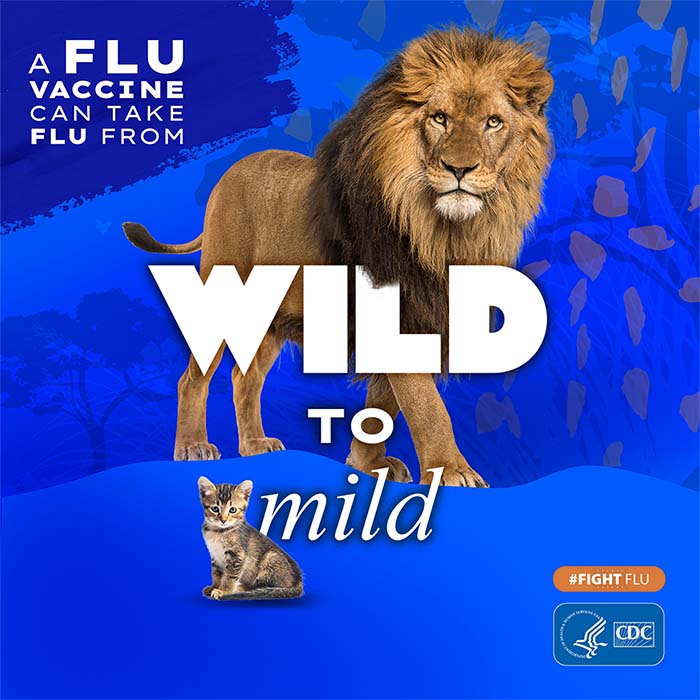Influenza A (H1N2) Reassortant Infection in Sweden
Background:
On Friday, January 25, 2019, Sweden reported a human infection with an influenza A(H1N2) virus. The virus likely resulted from a reassortment event between circulating human seasonal influenza A(H1N1)pdm09 and influenza A(H3N2) viruses. The World Health Organization (WHO) first reported the case on its regional surveillance site FluNewsEurope.
Influenza Virus Reassortment:
Reassortment happens when two or more influenza viruses infect a single host and exchange gene segments. Genetic sequencing showed that the A(H1N2) virus in Sweden was a reassortant containing a similar H1 hemagglutinin gene as circulating, seasonal A(H1N1)pdm09 viruses and an N2 neuraminidase gene similar to circulating, seasonal A(H3N2) viruses.
Human infections with reassortant A(H1N2) viruses have occurred rarely in the past, but these were reassortants of the human, seasonal A(H1N1) virus that circulated prior to emergence of the 2009 A(H1N1)pdm09 virus that triggered a pandemic in 2009. This is the second reassortant of seasonal A(H1N1)pdm09 and seasonal A(H3N2) viruses reported. In 2018, a human infection caused by a reassortant A(H1N2) virus was reported in the Netherlands. Laboratory experiments with previous A(H1N1) reassortants in ferret models suggested that these viruses had limited capacity for transmission, however human-to-human spread is still possible.
Risk Assessment:
This A(H1N2) reassortant virus is thought to pose a health risk similar to other seasonal influenza viruses. The virus has not been detected beyond this one person and current seasonal influenza vaccines would likely offer protection against this virus. Additionally, this virus does not have markers associated with resistance to the neuraminidase inhibitor class of antiviral drugs and, thus, should be susceptible to treatment with the currently recommended drugs oseltamivir, zanamivir and peramivir.
